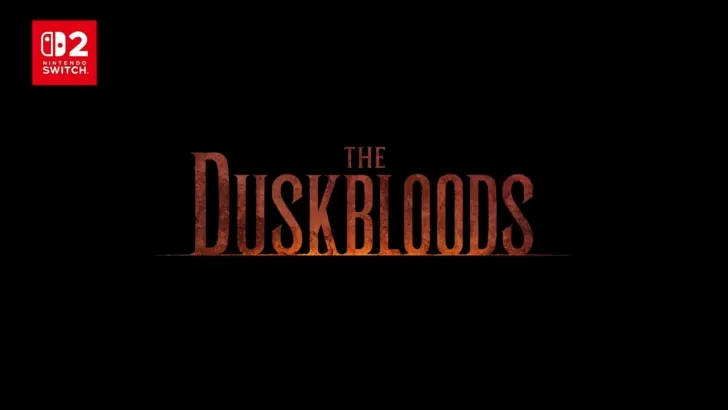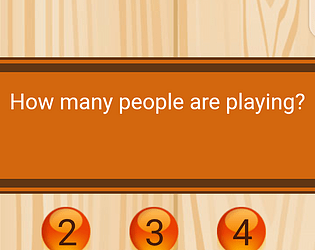Ubisoft has once again activated the Animus, this time transporting us to Japan's Sengoku Period with Assassin's Creed Shadows. The game introduces historical figures from 1579, including Fujibayashi Nagato, Akechi Mitsuhide, and Yasuke, the African samurai who served Oda Nobunaga. As with previous entries in the series, these characters are seamlessly integrated into a narrative that blends fact with fiction, weaving a tale of revenge, betrayal, and murder. While the game humorously suggests that Yasuke had to kill everyone to gather enough XP for a gold-tier weapon, it's a playful nod to the series' blend of history and gaming mechanics.
Assassin's Creed is renowned for its historical fiction, crafting stories that fill historical gaps with a science fiction conspiracy involving a secret society aiming to control the world using the mystical powers of a pre-human civilization. Ubisoft's open-world environments are meticulously researched and rooted in history, yet it's crucial to recognize that these games are not history lessons. The developers often alter historical facts to enhance the storytelling, resulting in numerous "historical inaccuracies." Here are ten notable instances where Assassin's Creed has creatively rewritten history:
The Assassins vs Templars War

The central conflict between the Assassins and Templars is entirely fictional. There is no historical evidence that the Order of Assassins, founded in 1090 AD, and the Knights Templar, established in 1118, were ever at war. Both groups operated for about 200 years and were disbanded by 1312. Their only shared involvement was in the Crusades, and the idea of a centuries-long ideological battle is purely imaginative.
The Borgias and their Superpowered Pope

In Assassin's Creed 2 and Brotherhood, Ezio's conflict with the Borgia family centers on Cardinal Rodrigo Borgia, who becomes Pope Alexander VI and the Grand Master of the Templar Order. Historically, the Templars did not exist in the late 1400s, and the Borgias' quest for the Apple of Eden and a god-like pope is pure fiction. While the Borgias were indeed controversial, Ubisoft's portrayal exaggerates their villainy, particularly with Cesare Borgia's depiction as an incestuous psychopath, which lacks historical evidence.
Machiavelli, Enemy of the Borgias

Niccolò Machiavelli, portrayed as Ezio's ally and leader of the Italian Assassin's Bureau, would likely not have aligned with the Assassins given his philosophies favoring strong authority. In reality, Machiavelli had a more nuanced view of the Borgias, serving as a diplomat in Cesare's court and considering him a model ruler, contrary to the game's narrative.
The Incredible Leonardo da Vinci and his Flying Machine

Assassin's Creed 2's depiction of Leonardo da Vinci is charismatic and historically accurate in personality. However, the game alters his timeline, moving him from Florence to Venice in 1481 to align with Ezio's story. While da Vinci's designs for a machine gun, tank, and flying machine are inspired by his sketches, there's no evidence these were ever built, especially the flying machine used by Ezio.
The Bloody Boston Tea Party

The Boston Tea Party, a non-violent protest in 1773, is dramatically altered in Assassin's Creed 3. The game's protagonist, Connor, turns the event into a violent confrontation, killing British guards while others dump tea. This portrayal significantly deviates from the peaceful nature of the actual event. Additionally, the game suggests Samuel Adams masterminded the protest, a claim historians debate.
The Lone Mohawk

Connor, a Mohawk in Assassin's Creed 3, fights alongside the Patriots against the British, contrary to historical alliances where the Mohawk supported the British. While rare instances like Louis Cook, a Mohawk who fought with the Patriots, exist, Connor's story is a "what if" scenario that explores the tension and conflict within such a choice.
The Templar Revolution

Assassin's Creed Unity's portrayal of the French Revolution as a Templar conspiracy oversimplifies the complex causes of the event, including natural disasters leading to famine. The game's focus on the Reign of Terror as the entirety of the revolution ignores the broader context and multiple factors that contributed to the uprising.
The Controversial Killing of King Louis 16

The execution of King Louis 16 in Assassin's Creed Unity is depicted as a close vote swayed by a Templar, which misrepresents the actual overwhelming majority in favor of execution. The game also downplays the widespread anger against the French aristocracy and King Louis's attempt to flee, which contributed to his treason charges.
Jack the Assassin

Assassin's Creed Syndicate reimagines Jack the Ripper as a rogue Assassin who takes over the London Brotherhood. This narrative twist on one of history's most infamous serial killers is a classic example of the series' approach to filling historical gaps with fictional intrigue.
The Assassination of the Tyrant Julius Caesar

Assassin's Creed Origins' depiction of Julius Caesar's assassination as a battle against a proto-Templar ignores Caesar's actual political reforms, which aimed to benefit the common people. The game's portrayal of Caesar as a tyrant and the assassination as a victory oversimplifies the complex political landscape that led to the fall of the Roman Republic and the rise of the Empire.
The Assassin's Creed series meticulously crafts its worlds with historical elements, yet these are often creatively altered for storytelling. This is the essence of historical fiction, not a documentary. What are your favorite examples of Assassin's Creed bending the truth? Share them in the comments.







